When purchasing new electronics, like a new laptop, you can find a user manual inside the box. The user manual provides instructions for you to understand how to operate the laptop and all the functions that come with it.
An API (application programming interface) can be thought of as a device, except it is a tool that is used to connect software. With API set in a computer language, it may not be so easy to understand at first. So how can users utilize APIs in the first place?
API developers have made it a practice to provide a user manual for APIs that are distributed. This user manual is generally regarded as API documentation!
What is API Documentation?
API documentation is technical content written to describe how an API works in detail. It provides instructions on how the API is utilized, generally informing the usage scope of the API, and what results it may provide. To developers, API documentation can be regarded as a user manual on how to work with the API.
An example where API documentation is needed would be when a developer is planning to create a weather application. The developer can then refer to a weather API's documentation to see what inputs and outputs are possible, thus allowing the developer to create weather-related applications for users like us to use!
Good API documentation can benefit developers in many ways. The most obvious would be the amount of time saved in the development stage. Useful API documentation includes code samples that are ready to use, letting the developer start testing the API's output in their application. Productivity increases for everyone, even you and your colleagues.
Who Will Use API Documentation?
API documentation is useful to anyone who intends to utilize your API as part of their software. If the API you developed has a certain theme like stock prices, then you can expect stock software developers to read your API documentation.
Just through the surrounding theme of your API, you can already anticipate the type of potential users you will attract, but what is more certain is that they will be software developers, so pay attention to the lingo and jargon used for describing your API.
How to Write Good API Documentation?
API documentation has essential components necessary for its readers to understand how the API works. However, to properly include everything in the documentation for your readers, you will need to:
Understand Your API
If you do not know what your API needs or what your API does, then how will you write your API documentation? You should be able to state what your API entails and may include descriptions such as possible responses, parameters, accepted data types, and several use cases where you see your API has potential use.
State Detailed Description for Your API's Use Cases
While creating your API documentation, allocate some time to think about which scenarios your API would most likely apply to. Ensure that you state which parameters your API will need, what data type it will send back, and any constraints set. Providing code samples for several computer languages would also be a huge help for developers as it saves time and extra tinkering.
Identify Your API's Users
In the process of creating your API, consider this question: "Who will use my API?". If you upload your API onto the internet, virtually anyone can utilize your API. This would mean your API can be someone's very first API, therefore a balance between the language's technicality and simplicity should be considered. Most importantly, developers should be able to implement your API onto their applications once they finish reading your API documentation.
Update Your API Documentation
Tech is a fast-paced, ever-evolving industry, and naturally, your API will too! Another potential reason to update API documentation would be due to computer language updates, rendering old codes useless. With each new version of your API, a revision of your API documentation should be prepared. This will allow developers to use your API with confidence as it signals that your API has reliable maintenance.
Good API Documentation Structure Example
If you are curious about what good API documentation looks like, check out PayPal's API documentation for developers. A straight-to-the-point description that tells what services the API can provide is displayed first.

More technical components such as the API's security, request, and number of responses are provided. You can observe that they stated a constraint regarding how many tracking IDs they can accept. (Security and Request were not expanded due to their lengths.)

On the same API documentation page, you can find code samples for several client languages for API implementation and potential error message descriptions you may encounter while using the API. Developers can place these code samples wherever applicable and then can begin to progress onto testing their application. (The request and response samples are not expanded due to their lengths.)

Lastly, definitions and their respective details regarding all possible parameters in the data schema are provided in the API documentation. In the image provided, the data type and extension of what output can be observed are shown.

With API documentation clear and descriptive, developers will be ready to integrate this PayPal tracking API into their applications. Many other API documentation out there exhibit optimal API documentation characteristics. Other notable examples that you can refer to when looking for easy-to-understand API documentation are Google Maps, Twilio, and Twitter.
Example of Undesired API Documentation
Below is an example of API documentation that some developers online have shared and claimed to be one of the most difficult API documentation to understand. Try to have a look and see if you can understand what the API is responsible for.

Did you find it difficult to understand what the API aims to achieve? You may quickly notice that the API developer did not provide any sort of description for the API. This kind of API documentation will leave experienced developers guessing what it does and where to use it!
Additionally, the computer language is not specified (such as JavaScript or Python). Finally, the lack of error explanation will leave developers clueless if they were to meet one. The lack of details stumps the progress of software development due to the developer needing to understand how to implement the API. This is the reason why clear API documentation is treasured by many developers!
What Should be Included in API Documentation?
There are observable essential components in effective API documentation. These variables are what separates the good API documentation from the bad:
Clear Overview and Purpose of Your API
Immediately tell what your API is capable of doing. Developers want to know what your API can provide them, so skip beating around the bush. Good API overviews usually do not go over three sentences, so prepare to compact the API's components, use case, and utility.
HTTP Response Codes and Error Messages
Letting developers know which specific HTTP response has been processed and pairing it with the correct error message is crucial. Developers get to code according to what your API may potentially respond.
Request and Response Formats
Developers appreciate the thought of API documentation writers providing sample requests and responses as it allows them to configure their code to what can be processed and what cannot.
Query Parameters
Explicitly State what type of parameters, along with the data types, your API is expecting. This way, developers don't have to waste time testing what data types are accepted.
Sample Code Snippets
Code snippets are especially useful to newer developers who are just learning how to use APIs. By providing code snippets in different client languages, you cater a larger audience of developers, as developers all around the world may use varying client languages.
Where Can We Write API Documentation? - Apidog
Many API development platforms enable their users to write corresponding documentation to their API. You may have heard of or used ADI platforms or tools such as Postman, Swagger, and Document360, but a demonstration of a new API platform named Apidog.

The reason why Apidog is demonstrated in creating API documentation is because of the simultaneous creation of API documentation while the development of the API happens.
Apidog also provides a lot of convenience in API documentation, such as displaying numerous styles of request samples in numerous desired client languages coupled with possible responses that developers may receive. Apidog also includes real-time updates reflected on the API documentation distributed to users with the distributable API documentation weblink system.
Making API Documentation with Apidog
If you are interested in learning how to make API documentation using Apidog, ensure that you download our software first, just hit the button and it will redirect you!
Step 1 - Sign Up Using Available Method
Sign up using an account you prefer to start using Apidog. You can use a Gmail or any other email account to sign up, or if you'd prefer using your GitHub account, by all means, please do.
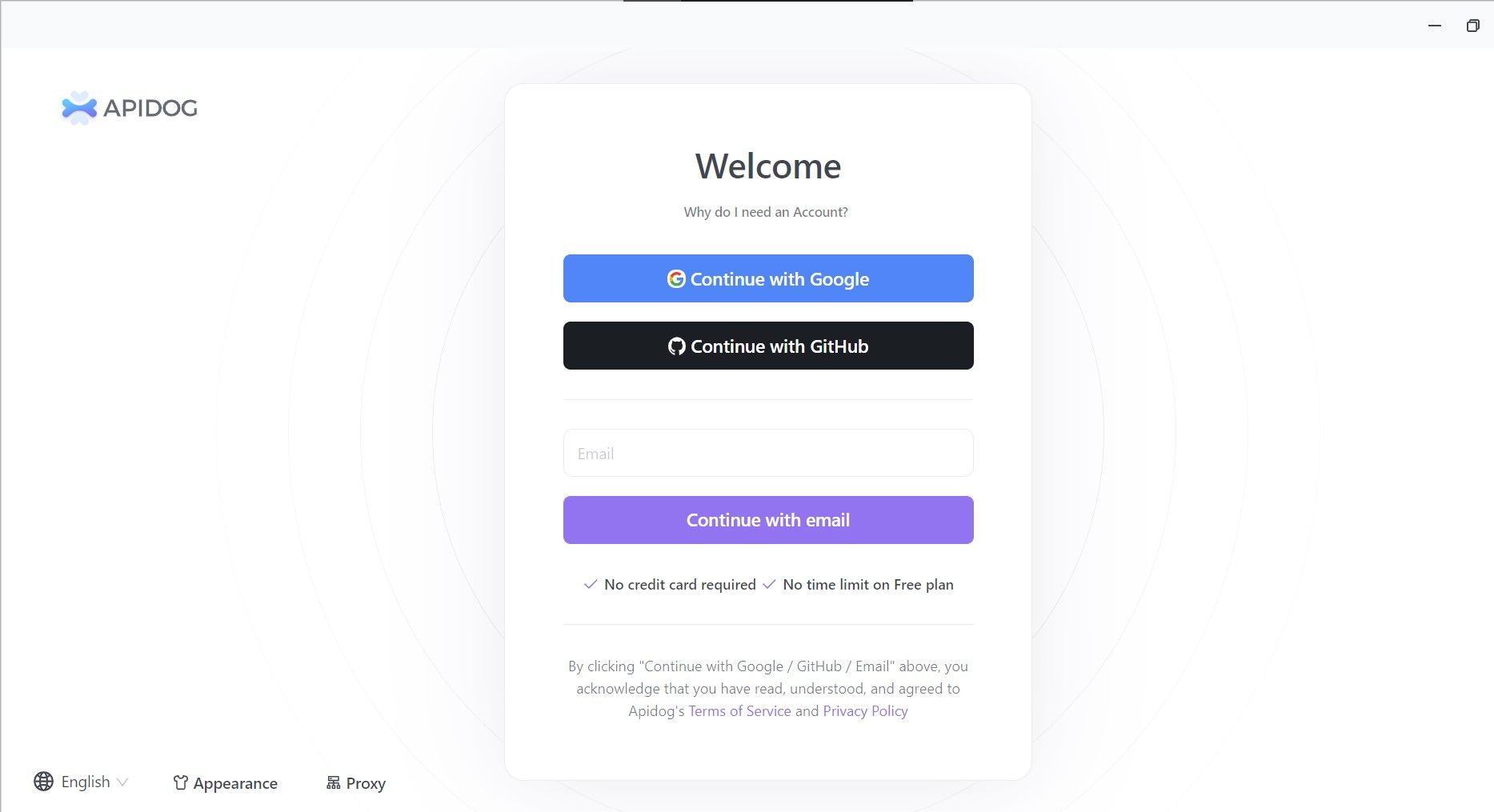
Step 2 - Create a New Project
Once you enter, you should be greeted with the default "My Workspace" screen, where you can see a sample project made. In order to start making your own API and corresponding API documentation, click on "New Project", found in the upper left corner of the Apidog window.
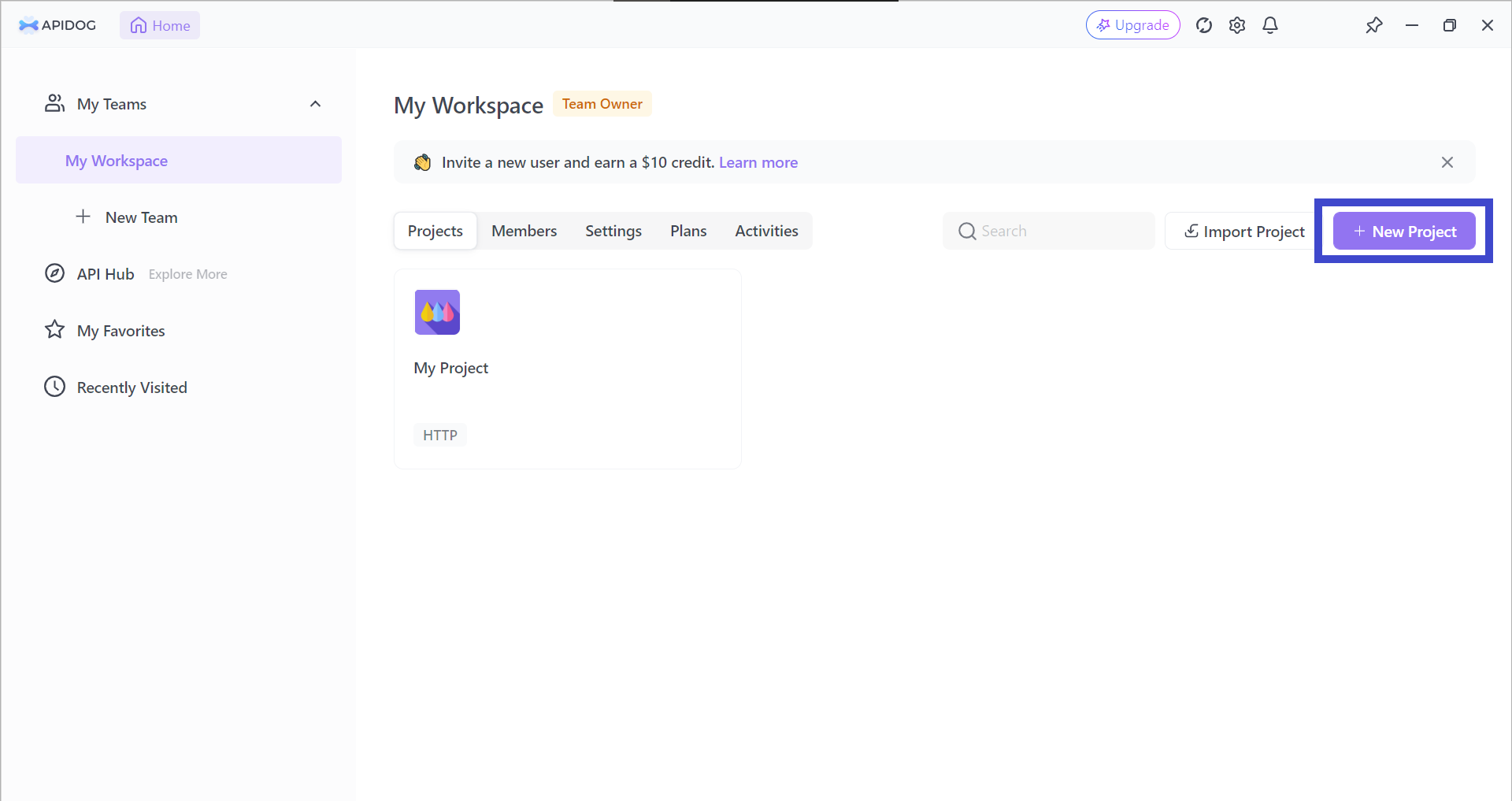
Make sure to give a purposeful name for your new project.
Step 3 - Create New API
As it is a brand new project, start by choosing "New API". Fields are waiting for your input, so get started with creating your very first API with Apidog! (Of course, it is encouraged to provide information on all the fields that Apidog has. It will look cohesive and elegant at the end.)
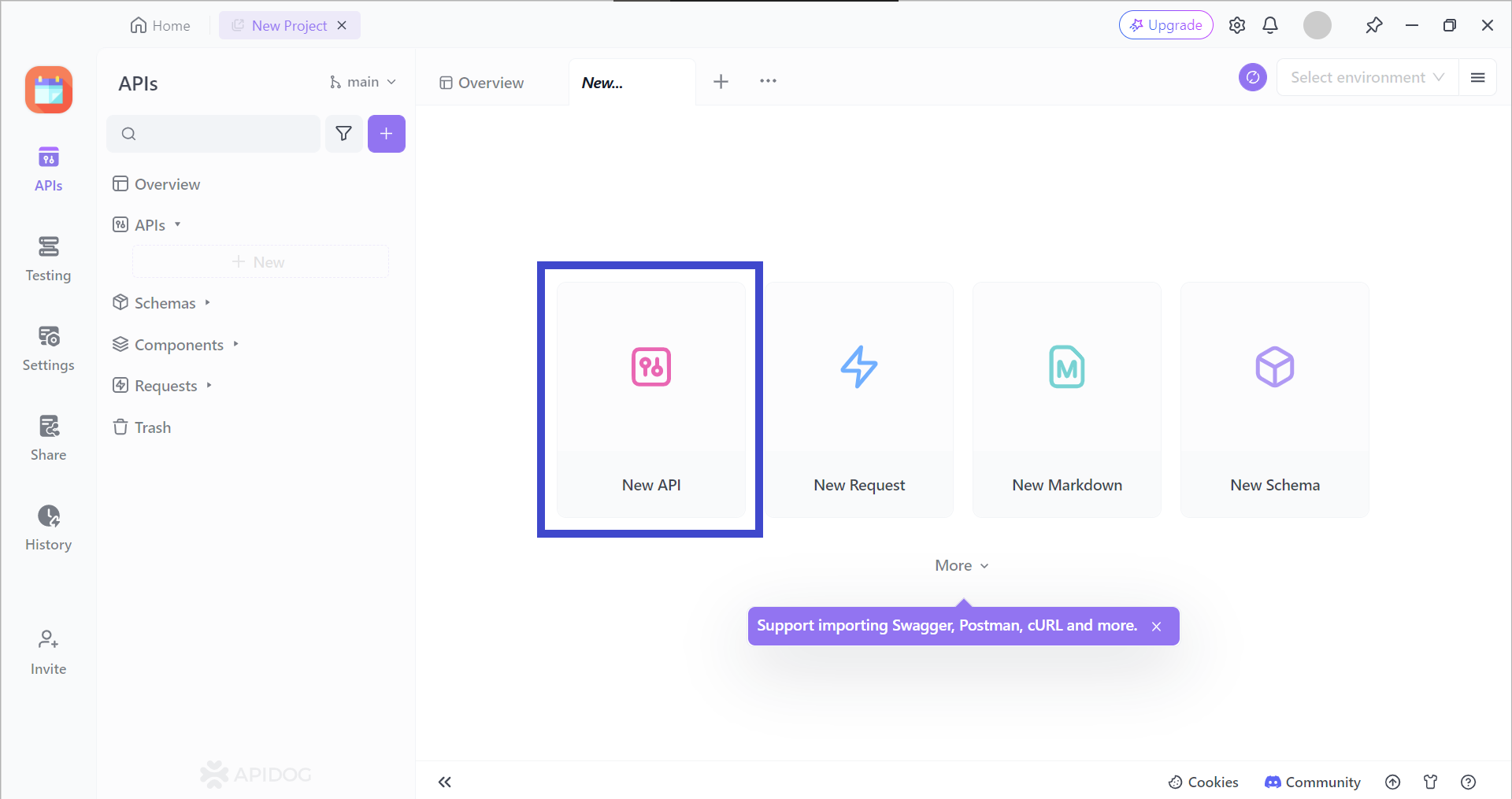
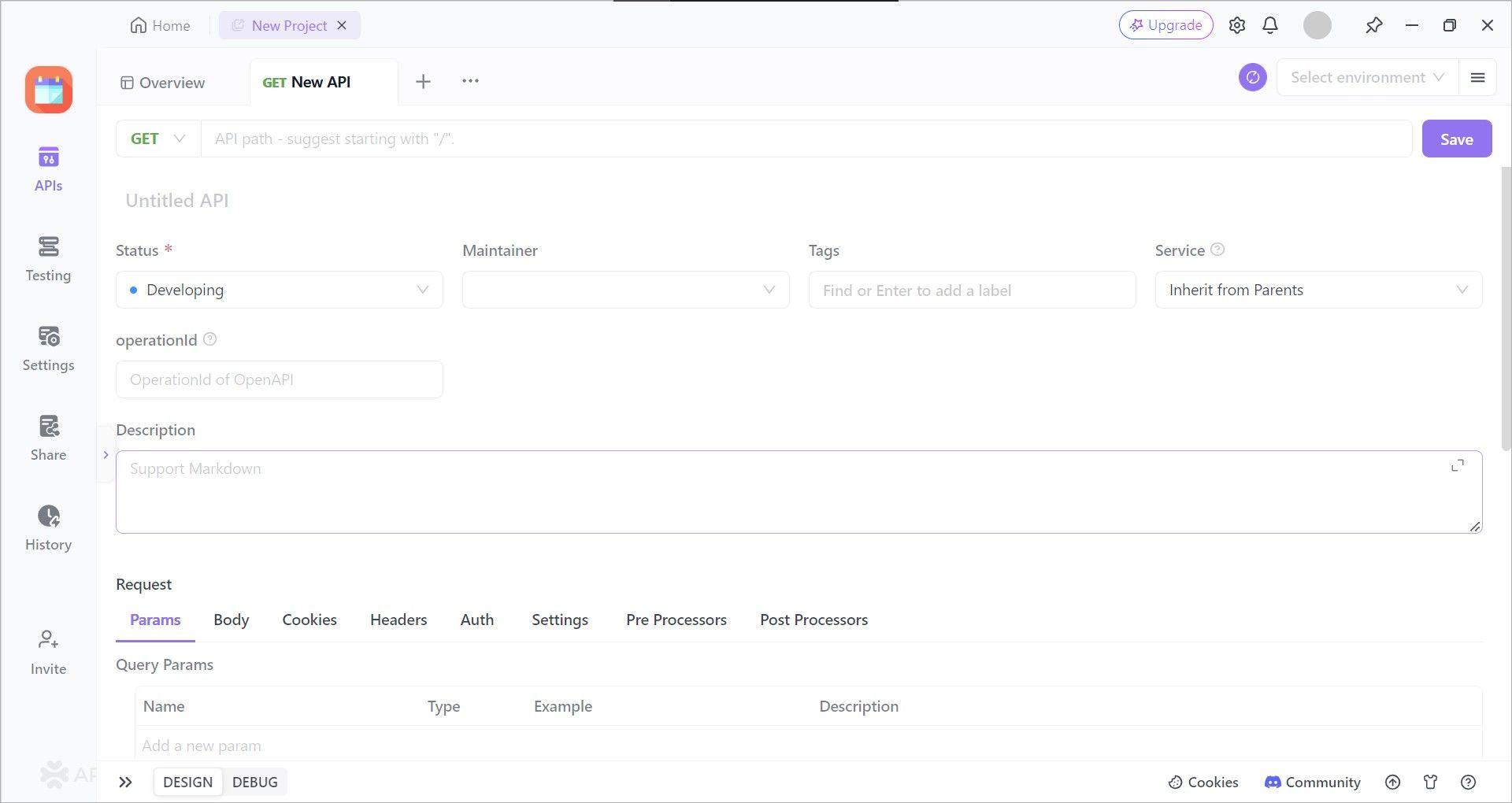

Step 4 - Save Your API
Last, but not least, ensure that you have saved all your progress in developing the API.
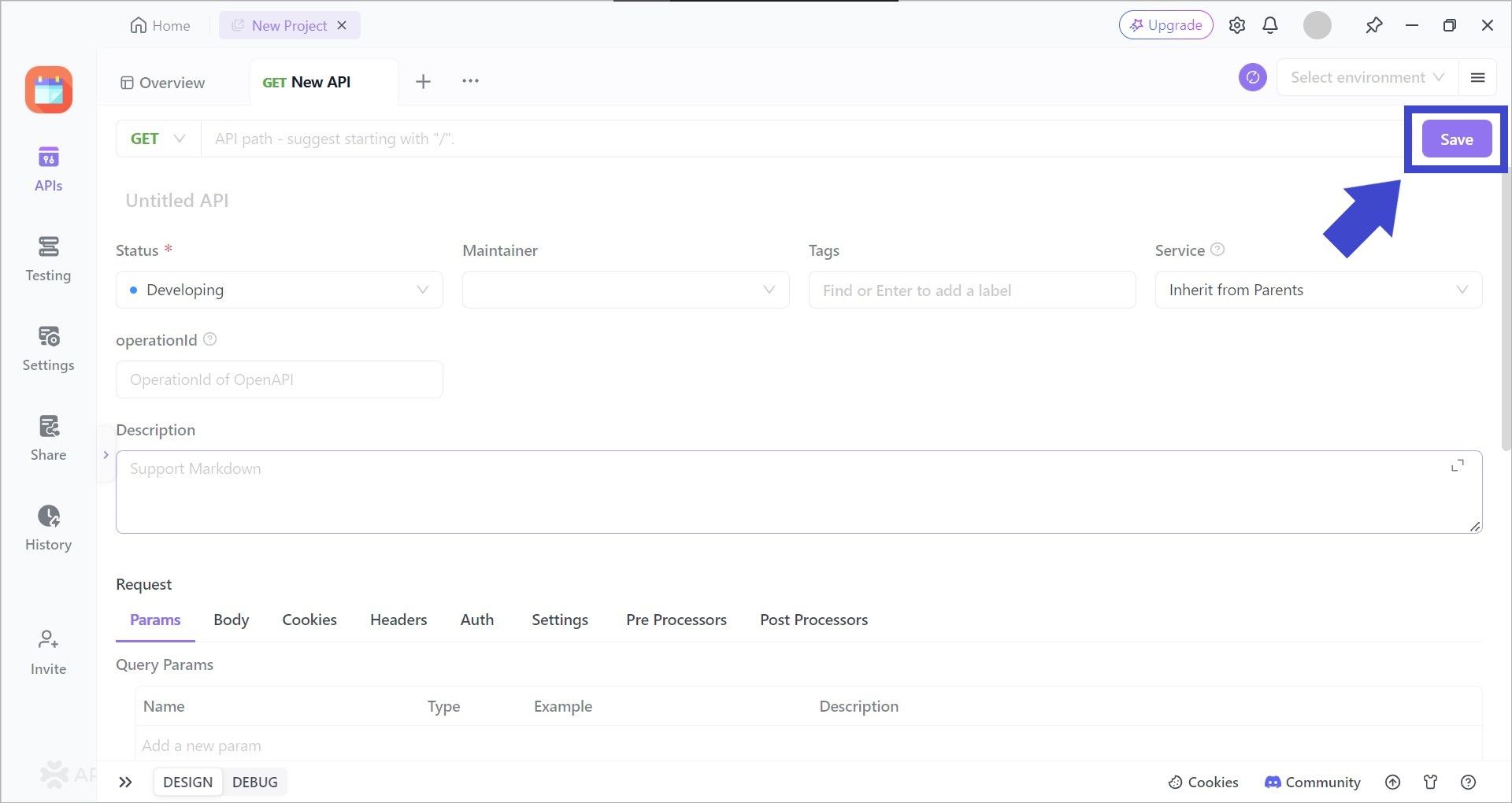
The beauty of Apidog is that the interface acts as API documentation immediately. You can view all the descriptions of your API as soon as you hit the save button. Response and code samples, along with API path and query parameters are all ready!
To explore more, you can check out the comprehensive guide on how to generate API documentation using Apidog.
Good API Documentation is Revolutionary
In conclusion, knowing how to write good API documentation benefits everyone who wishes to use your API. While saving tremendous amounts of time, detailed API documentation can increase developers' productivity. At the end of the day, it is we who benefit from the beautiful and life-enhancing apps only made possible with APIs!



